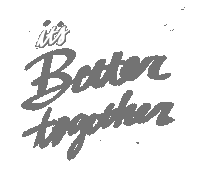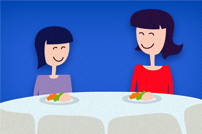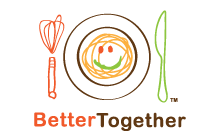For Health Professionals,
Project Background
In February 2007, BC Dairy Association received a grant from the Ministry of Health to host a special meeting to move 'Eating Together' forward in BC. Over 40 community nutritionists and key stakeholders came together from around the province to share ideas and build plans to help families to eat together more often. A recommendation from this meeting was to develop key educational resources and tools to support families to eat together.
In 2008, BC Dairy Association received a grant from the Ministry of Health to develop key educational resources to help multigenerational families with children aged 5-15 to eat together more often.
To determine what types of resources would help families, BC Dairy Association initiated research with Concerto Research Marketing Inc. to:
- better understand the reasons why BC families with older children (5-15 years) do or don't eat together
- better understand why gaps exist between eating together values and behaviour
- help determine key messages and tangible support required by families from community groups and health professionals in order to help bridge these gaps
Phase One: Developing the Family Meal Model (December 2008)
Before working out how to influence family behaviour (eating together), we needed to understand why they behave that way. Concerto Research uses a technique known as Morphological Psychology, a methodology that helps with understanding everyday behaviours. To achieve this understanding of mealtime behaviours, 20 x 90 minutes in-depth morphological interviews were done in the Lower Mainland and Terrace.
This in-depth research provided insight into:
- general family eating trends and modes (the ways people eat together)
- underlying psychological drivers (why people do or don't eat together)
- strategic implications for influencing behaviour change
Phase Two: Developing strategies and initiatives for eating together (January 2009)
Building on our understanding of why families do or don't eat together, we then focused on how to bridge their behaviour gap (valuing eating together but not being able to do it). To achieve this outcome, 4 x 105 minutes interactive workshops (with 6-8 participants in each) were undertaken in Vancouver and Nanaimo. Participants were recruited based on the psychological drivers identified in Phase One of the research.
During these workshops, participants were presented with eating scenarios and asked to describe what problems arise during these scenarios. Participants were then tasked with generating ideas, strategies and support initiatives to help overcome these problems. This second phase of interactive workshops delivered:
- a definition of problems that contribute to behaviour gaps (between family eating ideals and subsequent behaviour)
- key ideas and strategies for overcoming this behaviour gap
- implications for the development of support initiatives (including communication messages, resources and programs)
















